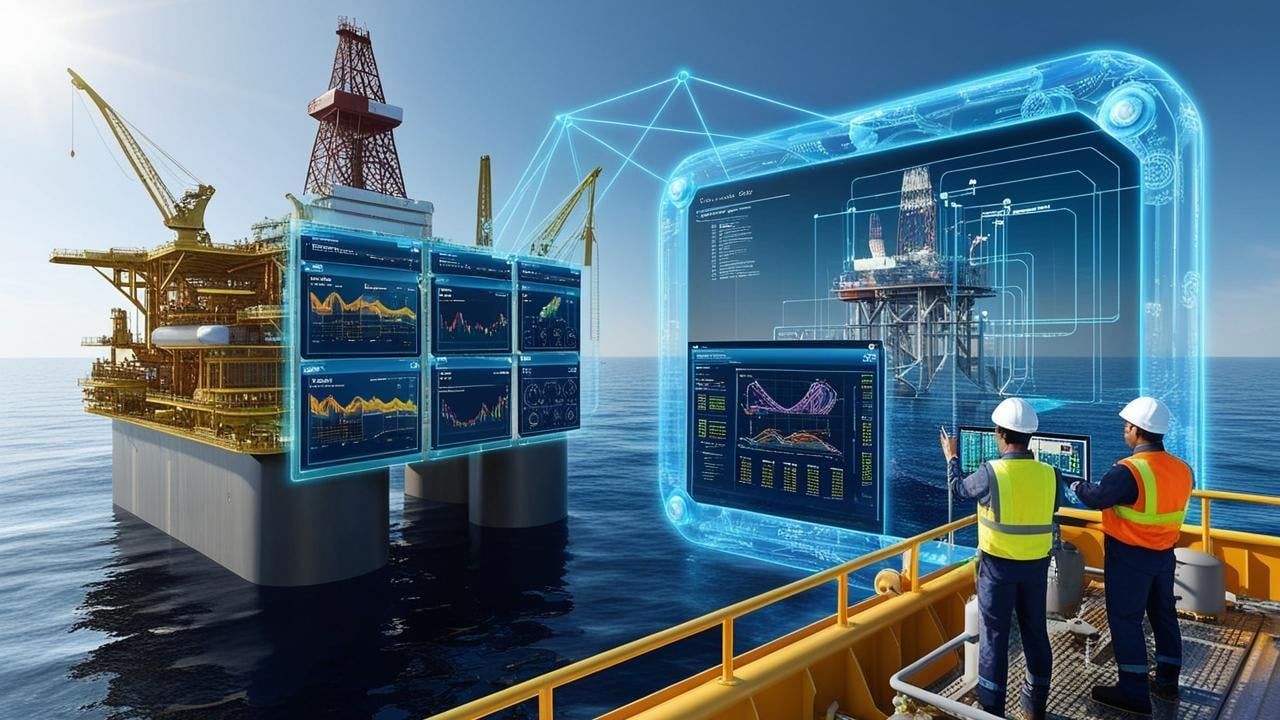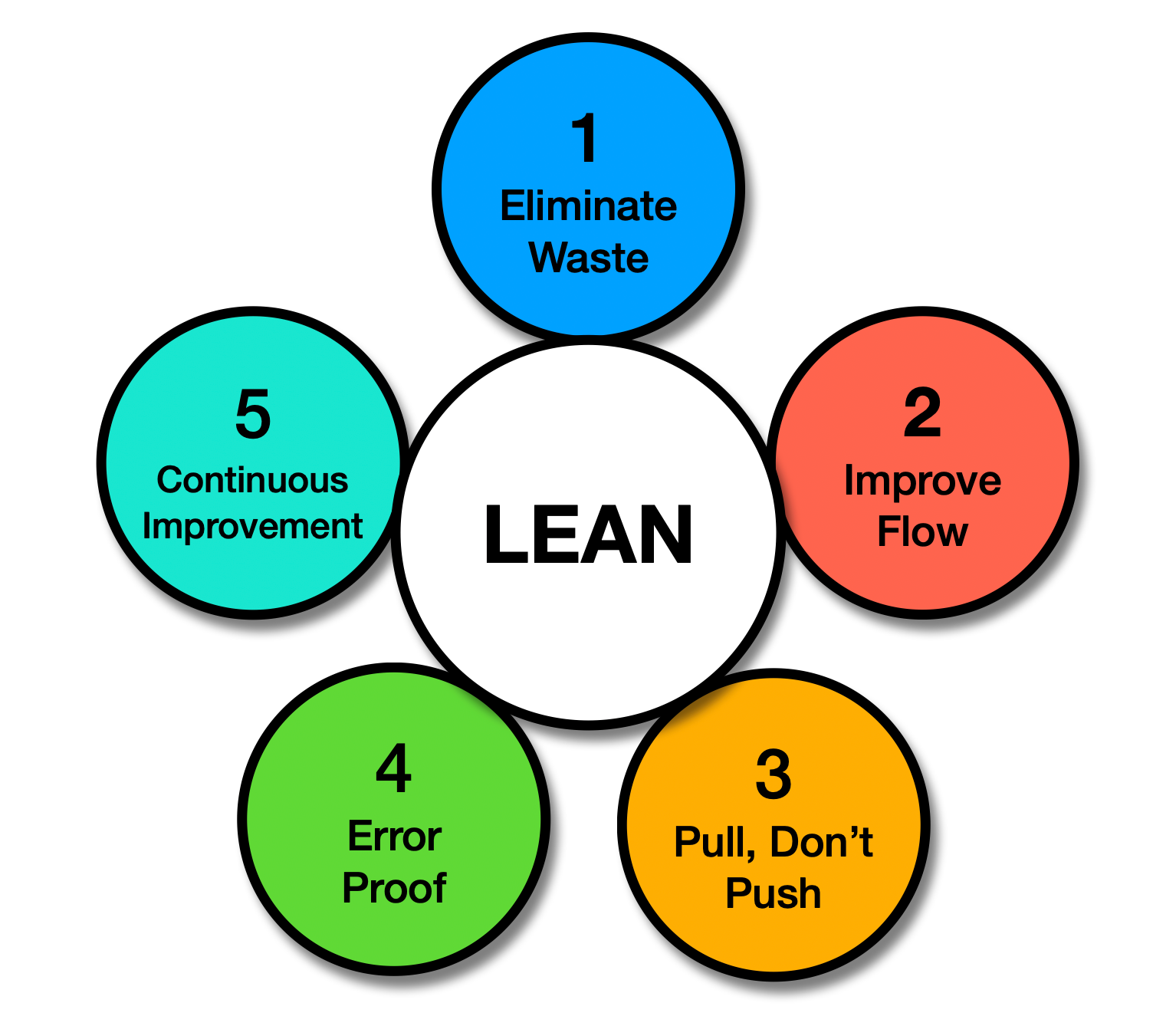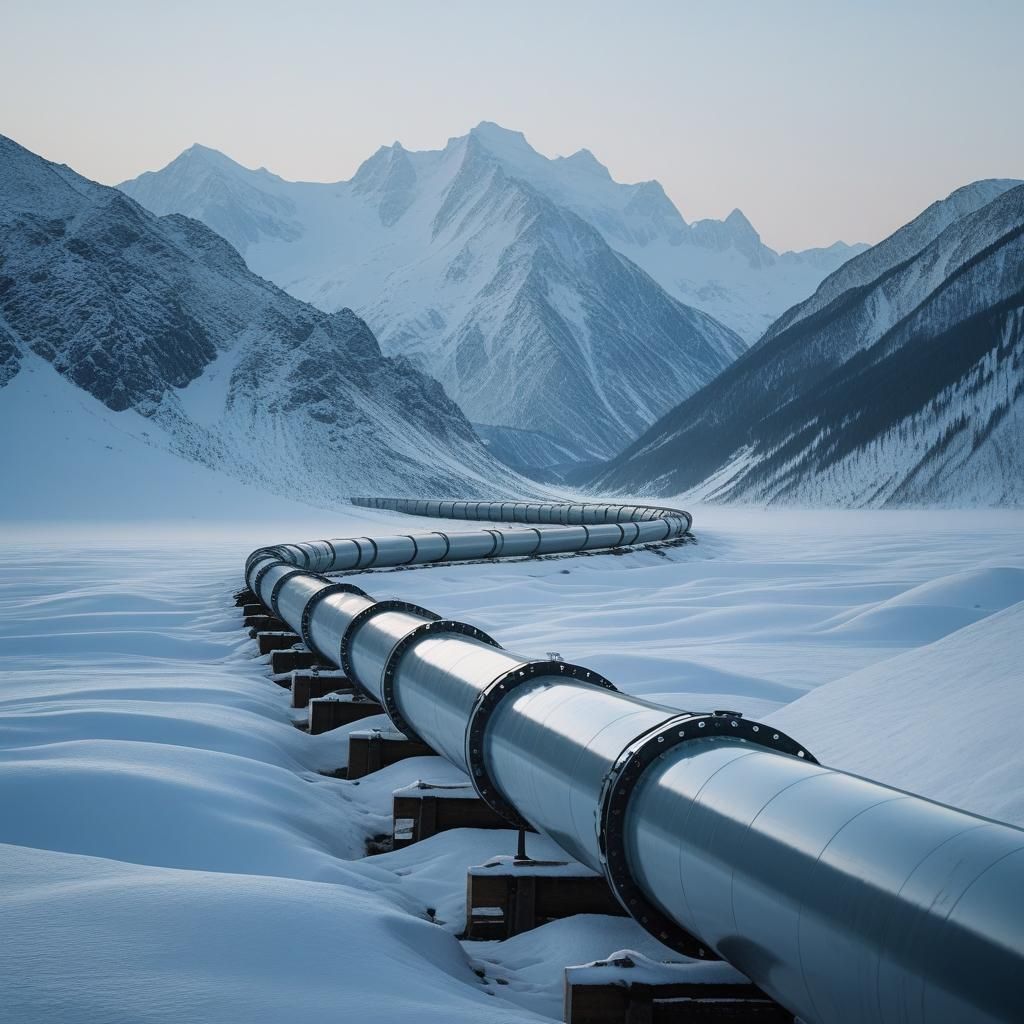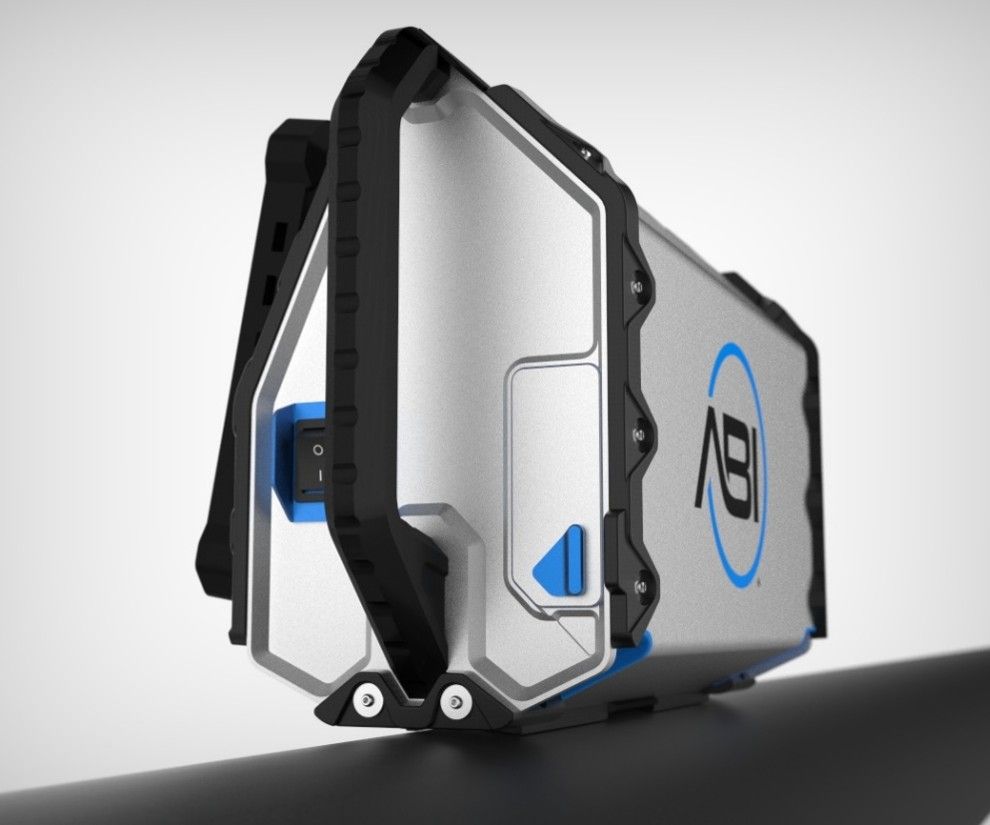Accurate Determination of the Maximum Allowable Operating Pressure (MAOP) of Oil and Gas Pipelines
Accurate Determination of the Maximum Allowable Operating Pressure (MAOP) of Oil and Gas Pipelines
Maximum allowable operating pressure (MAOP) is the maximum pressure a pipeline can safely operate. The pipe wall thickness (t), Specified Minimum Yield Stress (SMYS), and pipe outer diameter (OD) are used to calculate the MAOP of a pipe as shown below.
MAOP = (Factors of safety x SMYS x t)/OD) [Equation 1]
Pipeline operators are keenly aware of the MAOP of their lines and understand that exceeding the maximum pressure could result in a catastrophic failure with the risk of infrastructure damage and loss of life. Therefore, a margin of safety is used in the calculation of MAOP. Accurate determination of MAOP is a serious problem for undocumented pipelines.
Examining Equation 1 above, the factors of safety are chosen from the US Code of Federal Regulations (50 CFR, Parts 192 and 195, the wall thickness can be measured non-destructively using an ultrasound thickness gage instrument, the OD can be measured using a pipe OD caliper, and the SMYS is taken from the pipe grade certification (a serious situation when documentation is missing or not verified, as the case for thousands of miles of transmission oil and gas pipelines currently in-service in the USA and abroad).
Specified Minimum Yield Strength(SMYS)
The specified minimum yield strength (SMYS) is the yield strength specified for the steel when purchased and must be documented in the grade certification. When a pipeline is constructed the operator specifies the SMYS required for the project. The actual pipe received often exceeds the minimum because pipe manufacturers make multi-grade pipe joints with a single certificate specifying multiple grades (e.g., see page 62 of PRCI Report L52280, April 2007, showing three grades of B, X42, and X46). However, the operator cannot run their pipeline at pressures higher than what the pipeline was designed. For example, a pipeline may qualify for X52 but was designed as an X42 pipeline; hence, the operator must run at X42 pressures.
SMYS is integral in the calculation of the maximum allowable operating pressure of a pipe. A factor of safety of 0.72 or lower of the SMYS is used in the MAOP calculation. When documentation (grade certificate or material test report “MTR”) is missing, the operator must measure the mechanical properties of the pipeline or assume a low/conservative value of 24 ksi for the yield strength or the SMYS for the unknown pipeline.For improved efficiency, the mechanical properties can be measured using destructive tensile specimens (which is cost prohibitive and requires disruption of transmission service due to shut-down to cut pipe portions, weld replacement and machine and test strap tensile specimens) or to conduct in-situ nondestructive Automated Ball Indentation® (ABI®) tests.
The ABI® test follows ASTM Standard E636-14 and is verified on pipelines in the Pipeline Research Council International (PRCI) report Number L52280, April 2007.The ABI®test method with its precision values is described on pages 36-60 of this report.
The ABI®test provides direct-properties-measurements (not estimates) on in-service (live) oil and gas pipelines and is accepted by PHMSA and states such CA and WA.
Grade
Grade is determined by the chemical composition and mechanical properties of a specific pipe steel. The chemical composition of steel used in the manufacture of pipe must conform with standards defined in the American Petroleum Institute (API) Specification 5L (API 5L).
The chemical analysis of pipe steel must include measurement of the following elements: carbon (measurement and not calculation), manganese, phosphorus, sulfur, chromium, columbium, copper, molybdenum, nickel, silicon, titanium,and vanadium.
The yield strength and ultimate tensile strength must be measured. Yield strength is the point where the steel begins to deform plastically, and ultimate tensile strength is the maximum stress the steel can withstand before necking in a tensile test specimen (reduction in the cross-sectional area of the tensile specimen gage section).
Lastly, to ensure enough ductility of the steel (or ensuring reasonable fracture toughness to withstand service-induced cracks), the ratio between the yield strength and ultimate tensile strength cannot exceed 0.93. Steels that exceed this ratio are considered low-toughness or brittle and are at a high risk of failure.
Although a grade certificate includes the chemical composition (not required to calculate MAOP per Equation 1 above), it does not include the initiation fracture toughness.The innovative ABI® test measures the required tensile properties and the true/valid fracture toughness (in units of ksi√in or MPa√m, not Charpy impact energy) from each single ABI® test conducted on in-service/live pipe joints in the field (in-situ and non-destructively).
Note/Caution: Some field service companies offer a positive material identification (PMI) service as a requirement to determine the grade because it measures chemical composition. However, Equation 1 above for MAOP does not necessitate any such chemical composition measurement.The PMI technique was never intended to determine steel grade (it can only specify various metals such as aluminum, stainless steel, titanium, etc. to separate them in a scrap metal location, etc.). Also, some of the chemical composition techniques do not provide direct measurement of carbon content (only a calculated estimate). Another technology used on pipelines are portable hardness testers (although not required by the 50 CFR, Parts 192 and 195and the results are not accepted by PHMSA as replacements or estimates of tensile properties). A portable hardness tester can only measure hardness and might estimate ultimate tensile strength, but it cannot measure the yield strength. Therefore, both PMI and hardness testing are useless for MAOP determination. The ABI® test accurately measures the tensile and fracture toughness properties of all carbon steels (regardless of their specific chemical analysis or carbon content).
ABOUT THE AUTHOR:
Fahmy Haggag has more than 45 years of experience in the materials engineering field with emphasis on research and development in the areas of fracture mechanics, metallurgy, applied mechanics, miniaturized specimen technology, structural integrity, pipeline infrastructure, and nuclear engineering including radiation damage and reactor safety. His extensive experimental and analytical work resulted in more than 80 publications in the scientific literature. Fahmy is the
inventor of U.S. Patent 4,852,397 ("Field Indentation Microprobe for Structural Integrity Evaluation", 1989) and has held research and development positions at the Oak Ridge National Laboratory (Idaho), National Engineering and Environmental Laboratory, Battelle Columbus Laboratories, University of California at Santa Barbara, Algerian Nuclear Research Center and University of Algiers, and the Egyptian Atomic Energy Authority.







